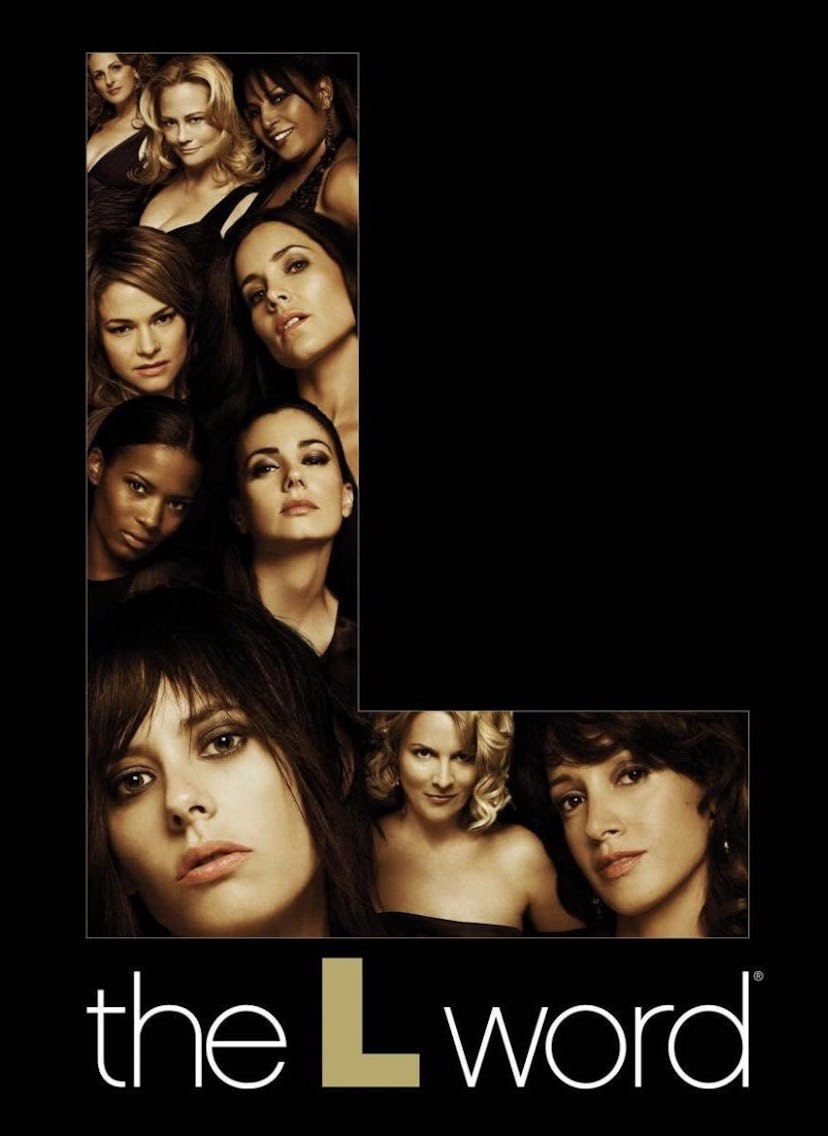The L Word: A Seminal Aughts-Era Series That Demands Revisiting

Welcome to the W TV Club in which W magazine’s editors pick a season of a television show they’d recommend you binge-watch. This week, staff writer Stephanie Eckardt recommends throwing it back to the aughts.
The second season of The L Word: Generation Q is officially underway, with the fourth episode dropping Saturday. You don’t have to have seen the original series to appreciate the reboot, but I feel the same way about aughts version of The L Word that Aidy Bryant recently told W she feels about The Sopranos: “If you haven’t seen the show, you’re insane.” In other words, this show should be that iconic. It’s essentially the LGBTQ+ community’s answer to Sex and the City.
If you don’t believe me, start at the very beginning of season 1: The first episode is in the top tier of TV pilot history, and perfectly introduces all the core characters of its six-season run from 2004 to 2009. They’re all—surprise!—lesbian, and between the group, they’ve hooked up with (and probably cheated on) every lesbian in early aughts-era L.A. (See: this section of Alice’s “The Chart,” which maps the scene’s sexual entanglements.) At the center of all that explicit, cable-TV action is Shane (Katherine Moennig), the mind-bogglingly hot hairstylist who breaks the hearts of literally everyone she ever dallies with. Dana (Erin Daniels) is also constantly drooling over women, but does her best to hide it; she’s a rising professional tennis player, and fearful of how her sexuality could affect her career. There’s also Alice (Leisha Hailey), a bubbly journalist-turned-talk show host (and recovering bisexual) who’s a key and delightful part of the reboot. As for the movie exec Tina (Laurel Holloman) and high-powered art director Bette (Jennifer Beals), the couple long known as “TiBette” is canon.
And then there’s Jenny Schecter, a naïve young writer who moves next door to TiBette in episode 1. She quickly worms her way into their circle—and becomes its most chaotic member. She’s rather unbearable, but trust me: It’s worth putting up with just to see Sandra Bernhard eviscerate her in season 2. As for the standout guest star of season 1, Snoop Dogg plays what Dana likens to a “weird carnival mirror” of rival womanizer Shane.
The L Word ran its course at a time before the repeal of Don’t Ask Don’t Tell and the legalization of gay marriage. And for many in the LGBTQ+ community—particularly lesbians, of course—it was and remains life-changing. At long last, there was representation—and highly entertaining representation at that. But that doesn’t mean the series isn’t dated. Much like Sex and the City, its stars are mostly white, femme, slender, and upper-middle class. (With the exception of Bette and her troublemaker sister Kit, portrayed by the glorious Pam Grier.)
Still, I can’t help but wonder: Why didn’t The L Word take on the mainstream cult status of Sex and the City? Perhaps all that R-rated boundary-breaking made it too racy to be anything other than niche at the time. But these days, Alice’s reply to a character who describes The Chart of the city’s lesbians as “this whole crazy, tiny world” rings truer than ever: “Crazy, yes, but not tiny.’”